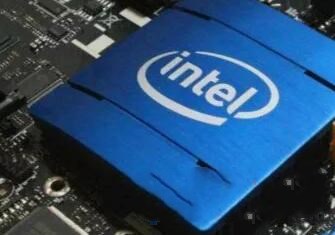In its latest technology and market analysis, EEL markets & technology trends, released last month, Yole Developpement claims the market is worth up to $2.5 billion.
"It should increase by 13% from 2018 to 2024 and grow to over $5 billion by 2024," said Dr. Martin Vallo, technology and market analyst at Yole."" this is by far the largest EEL market segment, accounting for 56 percent of total market revenue in 2018.At the same time, however, some killer apps are popping up.
26. There is no doubt that the EEL industry is moving forward with the rapidly developing new applications.Since lasers were developed in the 1960s, they have been increasingly used in a wide range of applications.This trend has made the laser market a trillion-dollar industry since the 1990s.Today, in a variety of traditional and emerging applications, laser technology is everywhere.These include materials processing, optical communications, automotive headlights, medical surgery and 3D sensing.Laser industry structure is highly segmented, laser products are various, including diode laser, fiber laser, DPSSL, carbon dioxide laser and excimer laser.Traditional applications include industrial, scientific and consumer markets, but there are also many specific applications that require spectral analysis, including military and biomedical markets.

"The EEL exhibits a variety of functions: they are used as' direct 'lasers, or in combination with optical fibers or crystals to produce fiber lasers or DPSSL," explains Yole's MarTIn Vallo.Optical communications, material processing, medical, sensing, printing, display, optical storage and lighting."
In addition to the large optical communications market segment, material processing and display applications are also growing rapidly, with a market share of 16% and 14% respectively in 2018.Over the next five years, however, medical and lighting applications will emerge, and the market share for materials processing and displays will shrink, as will LiDAR (laser radar) and face/gesture recognition in 3D sensors.These emerging areas may represent the EEL's potential killer applications in the medium to long term.
26. The EEL industry is obviously a promising industry, but it is also a challenging market for the industry."There is a wide variety of applications, systems and device specifications, and at the technical level there is a serious competition between direct diode lasers, fiber lasers, co2 lasers, DPSSL and excimer lasers," observes Pars Mukish, manager of the relevant business unit at Yole.
Thus, the EEL industry is highly segmented and diversified.Each application is specific to a particular supply/value chain, and each industry must develop different positioning for different markets:
24. The leading companies in the material-processing field have achieved vertical integration from EEL devices to laser systems, such as the manufacture of laser slicers.Therefore, customers demand a one-stop solution that fits their particular production process.
In the case of sensing or lighting applications, the general trend is for companies to specialize more, as in the case of pure EEL device manufacturers.This strategy is driven by the myriad challenges to device performance, beam shaping, and cost reduction.
The data communications industry is another good example.The diversification of the industry's supply chain is a bright spot.

 英语
英语  中文
中文  德语
德语  韩语
韩语  日语
日语  波斯语
波斯语  葡萄牙语
葡萄牙语  俄语
俄语  西班牙语
西班牙语 





